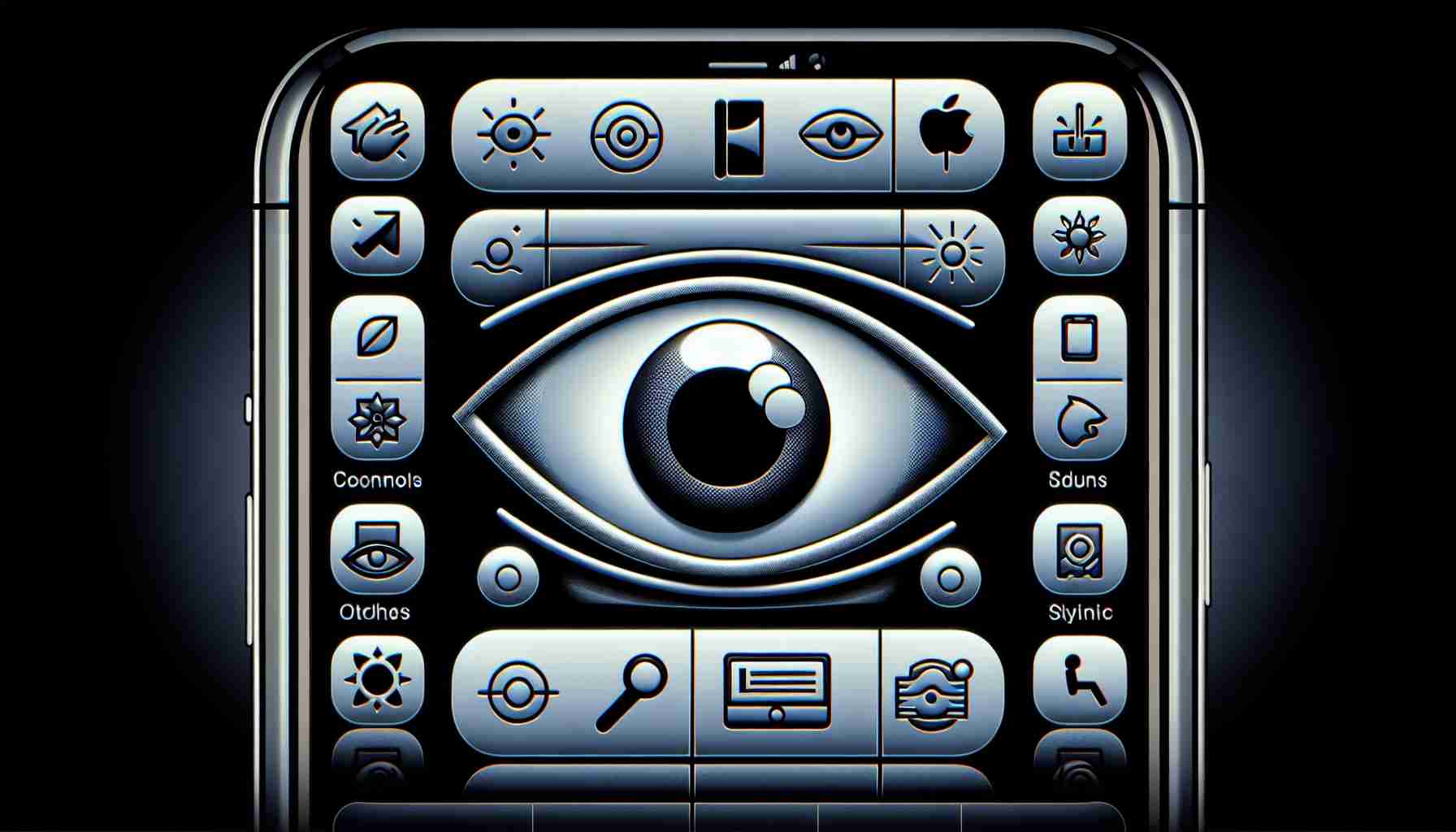Unlocking the Potential of iPhone Accessibility Settings
Hidden within the labyrinth of iPhone accessibility settings lies a powerful tool that many users are unaware of: the “Reduce White Point” feature. This option has the potential to significantly extend the battery life of the device, a noteworthy achievement in today’s digital age.
Enhancing Battery Life and Visual Comfort
The “Reduce White Point” feature is essential for iPhone users looking to prolong their battery life without compromising the visual quality of their devices. By venturing into the accessibility section of their iPhone settings, users can activate this option and experience a substantial difference in battery performance and overall visual experience.
Benefits Beyond Energy Efficiency: Visual Comfort
While the primary goal of the “Reduce White Point” feature is to save battery life, its impact on visual comfort is equally impressive. By reducing the brightness of white points on the screen, this feature significantly decreases eye strain.
Step-by-Step Guide: Activating and Customizing “Reduce White Point”
Although activating this feature may initially seem complex, users can make the most of this tool with these simple steps:
– Open the “Settings” app on the iPhone.
– Scroll down and select “Accessibility.”
– Look for and tap on “Accessibility Shortcut” at the bottom of the list.
– Among the available options, turn on “Reduce White Point.”
– For quicker access, drag this option to the top of the list.
Once configured, users can quickly activate the feature by pressing the side button on the iPhone three times. The screen will noticeably darken, reducing the intensity of bright colors.
Personalization for an Optimal Experience
To further customize the experience:
– Navigate back to “Accessibility” in the settings.
– Select “Display & Text Size.”
– Activate the “Reduce White Point” option.
– Use the slider to adjust the intensity of the reduction.
This level of personalization allows users to find the perfect balance between battery savings, visual comfort, and screen legibility.
Exploring Deeper into iPhone Accessibility Settings
Unveiling another hidden gem within iPhone accessibility settings, Apple has integrated a lesser-known feature known as “AssistiveTouch.” This feature offers a wide range of functionalities that cater to users with physical motor challenges or those seeking alternative ways to interact with their devices.
What is AssistiveTouch and How Does It Work?
AssistiveTouch is a feature designed to assist users in navigating and interacting with their iPhones through a customizable on-screen menu. Enabling users to perform actions such as accessing Siri, adjusting volume controls, taking screenshots, and even simulating physical button presses, AssistiveTouch provides a versatile solution for individuals with diverse accessibility needs.
Key Benefits and Challenges of AssistiveTouch
Advantages:
– Enhanced Accessibility: AssistiveTouch offers a simplified interface that can be tailored to individual preferences, making it easier for users with physical disabilities to operate their devices.
– Customization Options: The feature allows users to create custom gestures and shortcuts, granting greater control and efficiency in using the device.
– Assistance in Replicating Physical Functions: For users with malfunctioning physical buttons, AssistiveTouch can act as a virtual replacement, ensuring uninterrupted device usage.
Disadvantages:
– Learning Curve: Some users may find it challenging to adapt to a new method of interacting with their device, requiring time to become familiar with the features and functionalities of AssistiveTouch.
– Screen Space Occupancy: Due to the on-screen menu presence, there may be a compromise on the available display area, which can impact the overall user experience, particularly for those who require a larger viewing area.
How to Enable and Personalize AssistiveTouch
To activate AssistiveTouch and tailor it to individual preferences:
– Go to the “Settings” app on your iPhone.
– Tap on “Accessibility.”
– Select “Touch” under the Physical and Motor section.
– Toggle the AssistiveTouch option to enable it.
– Customize the menu by adding specific actions, gestures, or shortcuts based on your requirements.
Relevance and Significance of AssistiveTouch in iPhone Accessibility
As technology continues to evolve and inclusivity remains a central focus, features like AssistiveTouch play a crucial role in ensuring that all users, regardless of their physical abilities, can fully utilize and benefit from their devices. By offering a comprehensive set of tools and functionalities, Apple is empowering users to personalize their device interactions and enhance their overall user experience.
For more information on iPhone accessibility features and updates, visit Apple’s official website.











